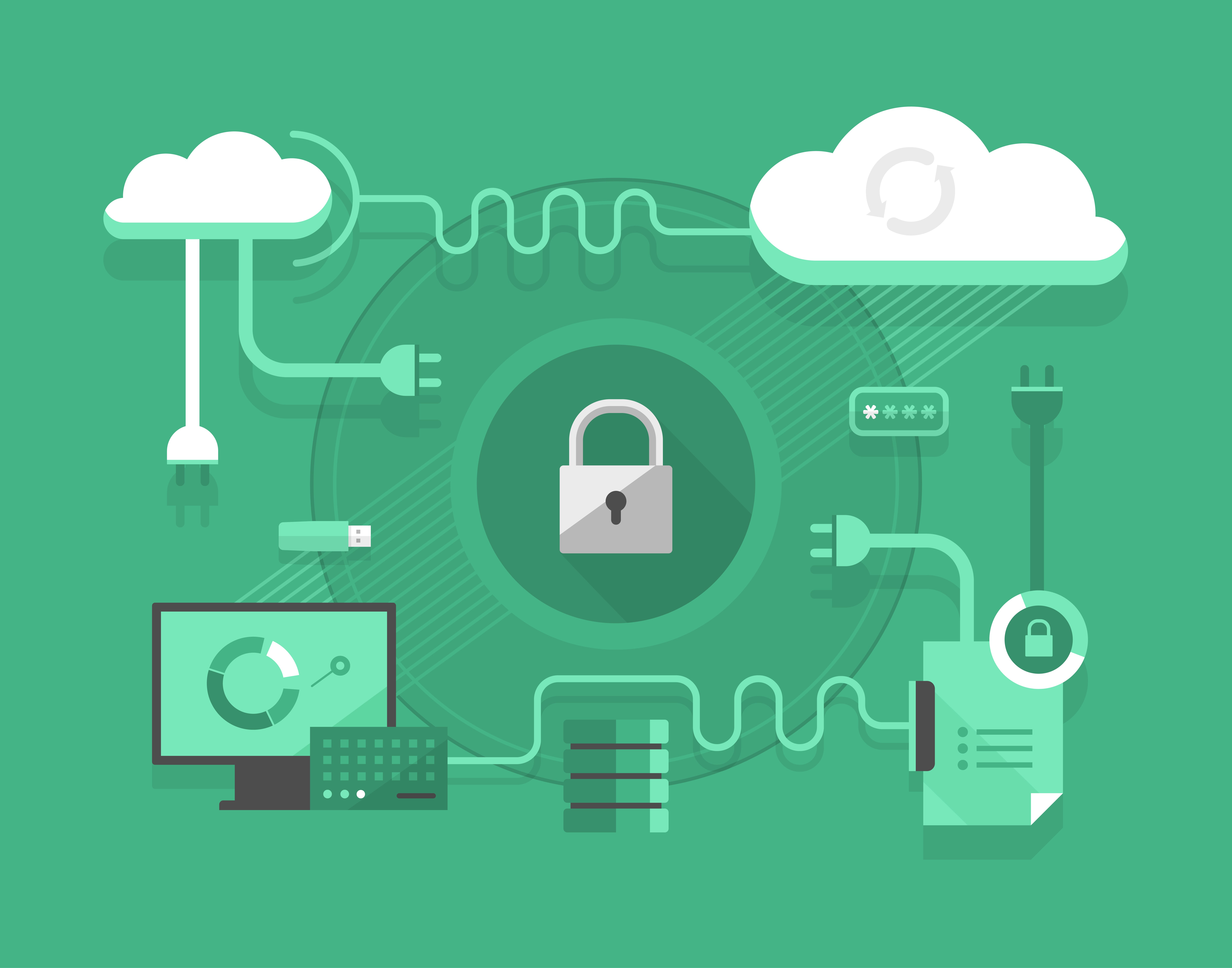Migrating your I.T. services to the cloud can give your business the competitive edge it needs to survive and thrive in today’s digital economy. The promise of increased productivity, enhanced efficiencies, and improved business focus are just a few of the benefits the cloud has to offer.
However, cloud platforms are not silver bullets, and the appropriate due diligence is necessary before you start consuming these services. Even in today’s innovative cloud environment where new solutions cover almost every application imaginable, it still makes sense to keep certain services on-premise. Furthermore, the various cloud computing service and deployment models have distinct advantages and disadvantages. Taking all these factors and variables into account is essential in ensuring the success of any cloud migration strategy.
Cloud Computing Service Models
Cloud platforms offer computing services by utilizing three different service models namely, Infrastructure as a Service (IaaS), Platform as a Service (PaaS), and Software as a Service (SaaS). Defining the shared responsibility between the platform provider and the subscriber consuming the service categorizes every cloud service into a specific service model.
With IaaS, the provider is only responsible for supplying and maintaining the underlying hardware and virtualization platform, whereas in a PaaS model the provider takes on the added responsibility of managing the operating system and runtime environment. SaaS, on the other hand, is a fully managed cloud platform where the provider operates and maintains the entire stack, and the subscriber merely consumes the service.
Each model can have a significant impact on the cost, functionality, and performance of the workload you migrate to it. Understanding which model aligns with each of your on-premise applications is therefore essential before you consider moving your services to the cloud.
When and Where to Use IaaS
IaaS provides the highest level of control, but it is also the most expensive of the three cloud computing service models. Not only does IaaS cost more in real financial terms, but it also requires constant management from I.T. increasing the overall operational expense of operating this model.
However, IaaS does have its advantages. Even though it may be the least cost-effective of the three models, it still may have a potential role to play in your cloud migration strategy. First and foremost, IaaS allows you to get started with your cloud migration with the least impact to your current I.T. operating model. Most major IaaS providers enable you to “lift and shift” your current environment from your on-premise data center to the cloud platform. In many instances, this flexibility lets you evaluate whether the cloud is the right fit for a specific workload and your business. It also allows you to put the necessary processes in place to accommodate the changes needed when moving from a pure on-premise environment to a cloud-based service model.
Another I.T. service which fits well with IaaS is Disaster Recovery (DR) and Business Continuity. As IaaS allows you to replicate your existing on-premise environment to the cloud, you could build a secondary DR site quickly and efficiently. Utilizing the platform in this manner can provide your business with an offsite DR solution which is both cost-effective and fully compliant.
In some instances, IaaS may also be your only option for specific workloads. Although PaaS and SaaS provide a wide variety of options which you could utilize to build your cloud services, some applications can only run on IaaS. However, one must keep in mind that running IaaS services can be expensive. It makes sense to move DR to IaaS as the “pay as you use” cloud computing characteristic ensures this strategy makes sense. However, running services full time on this model could turn out to be very costly.
PaaS for Differentiating Line Of Business Applications
The PaaS model is more cost-effective than IaaS, but it does come with a few limitations. Unlike IaaS where you can quickly and efficiently move your existing infrastructure to the cloud, PaaS requires you to redevelop your unique line of business applications so that they can run on this platform. Although migrating to PaaS is more costly in the short term, due to the redevelopment costs, over time this cloud service model can be very cost-effective.
Many organizations who have embraced PaaS, have utilized this platform for the creation and development of new business applications which provide a competitive advantage. PaaS is well suited for creating services which take advantage of the more modern technologies which are starting to infiltrate corporate solution strategies. Many global cloud providers offer ready to use solution suites where organizations can build and deploy Blockchain, Artificial Intelligence, and Internet of Things (IoT) applications. As such, developing these applications on PaaS provides businesses with the opportunity to launch groundbreaking solutions in the shortest possible time. Furthermore, the fact that they do not need to manage and maintain the underlying infrastructure makes PaaS the perfect platform for launching future innovative solutions.
SaaS for Unique Third-Party and Commodity Services
SaaS is best suited for commodity services such as email and file sharing. If an application you are utilizing and hosting in-house is essentially a utility which provides no real competitive advantage, then migrating that service to a SaaS provider makes sense. SaaS platforms can provide these services at a much lower cost per user while offering the added benefits of scalability and high-availability.
In addition to commodity services, organizations may need to subscribe to unique SaaS services which are not available in any other form. Some applications are only available as services which you need to consume. Salesforce.com is a good example. Although you can opt to choose another CRM solution for your business, if you want to use Salesforce.com, it is only available as a SaaS solution.
SaaS provides a host of benefits to businesses looking to offload commodity services or subscribe to third-party applications which are not available in any other format. However, this model works on a pay per user basis, so as your user count grows, your cost increases. In some instances, it may make sense to leave these services on-premise when your user count makes migrating to SaaS unaffordable.
Your Business Is Unique so Choose the Cloud Strategy That Works for You
There is no doubt that cloud computing offers a host of business benefits. Flexibility, scalability, high-availability, increased efficiencies, and improved productivity are just a few of the advantages. However, you must tailor your cloud migration strategy to the needs of your business.
In some instances, continuing to run particular services on-premise may make the most sense. It is also important to note the different advantages and disadvantages of the various cloud service models. IaaS gives you the most control and is well-suited to specific use cases such as DR, but it can be expensive. PaaS is the most cost-effective model and gives you the ability to deploy next-generation solutions, but moving your existing line of business apps to this platform will take time, money and effort. Finally, SaaS is the model which gives you the least control but offers the most cost savings when your user count is below a certain threshold.
Taking all these factors into account is essential when you are creating your cloud migration strategy. However, you do not need to walk this path alone. Finding a cloud migration partner who has the expertise, resources, and experience can not only help you successfully plan your cloud journey but can also provide the support you need once your migration is underway.
If you are looking for a dependable cloud computing service provider in Vancouver BC, Synditech can assist you and your company with migration to the cloud with customized computing solutions that offer long-term scalability.
Get in touch with Synditech’s cloud experts today.



